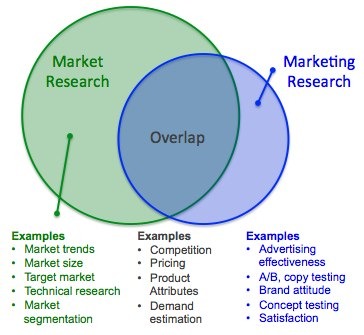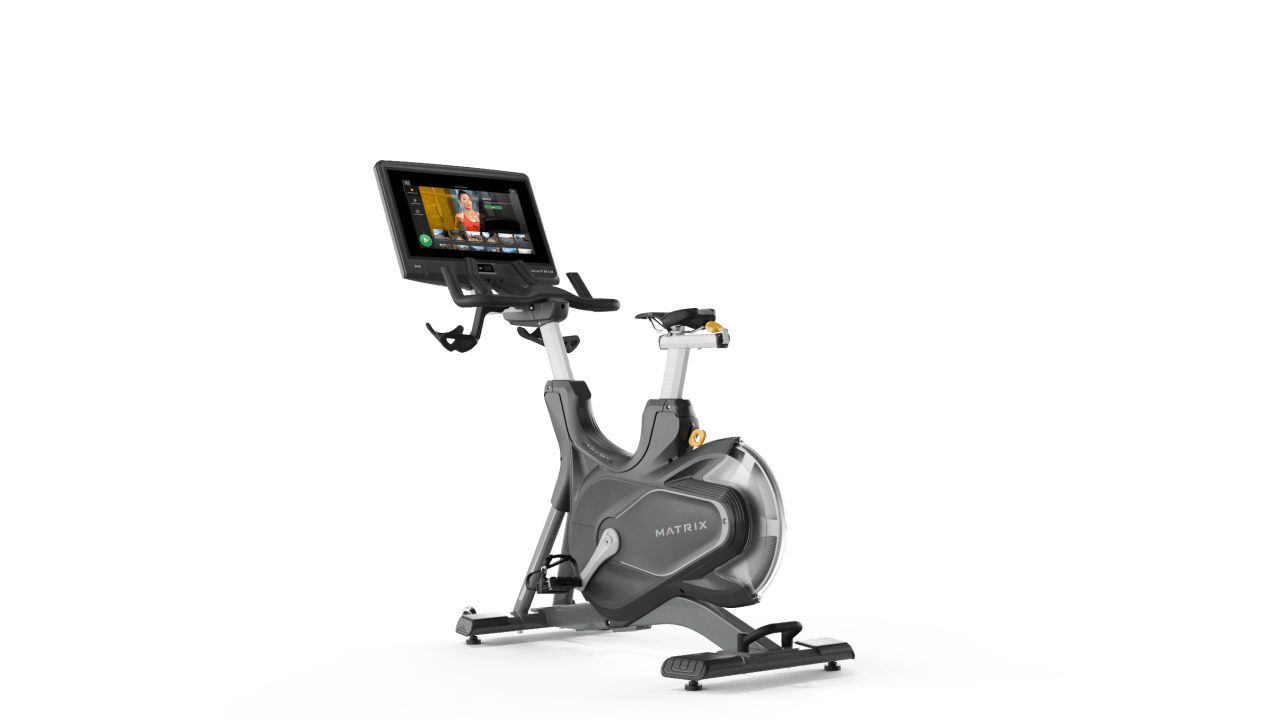
Businesses have a variety of tools today to enhance customer satisfaction and improve their performance. This data is used by businesses to find opportunities, measure performance and make informed decisions regarding future products and upgrades. One company that uses BI to connect cars with corporate offices is an innovative one. This allows them to identify potential problems in advance. Company is able predict and resolve customer problems through analysis of traffic and road hazards data. This leads to a high satisfaction rate. Another innovative company uses BI to combat negative content on social media. Algorithms can detect 95% terrorism accounts that have been suspended.
Data mining
Data Mining for Business Intelligence describes how to extract business intelligence from data. The book will help you understand how to use data mining to access your ideal consumers. This book is a great choice if you want to gain access to the right customers. This book will help you find the right customers so that you can better serve them. Data mining is a powerful way to improve your marketing strategy. It can also help increase your profits. Data mining is an integral part of data analysis.
Increase sales by using business intelligence. To identify trends in your customers, you can analyze your data. These trends can help you to better understand your customers, and then tailor your marketing efforts to increase sales. Data mining can help you develop new KPIs to improve your business. It will help you make confident decisions about your company. Data mining and business intelligence are best used together.
Data mining can be used to identify the right customers for your business if done correctly. This involves using statistical algorithms to find hidden patterns in data. The workflow may not always follow a linear path so this step is iterative. Data visualization makes it easy to communicate trends. You can draw insights from vast amounts of data by combining analytics and data visualization.
Using business intelligence software can help you extract meaningful insight from all your data. You can use enterprise reporting to combine location intelligence. Data mining software connects disparate data sources and provides an easy user interface. This software can create dashboards and reports from the data. This information can then be used to accomplish a wide range of tasks. The following information will help you decide which BI software is right for you:
Data mining doesn't produce meaningful results when done in isolation. To get the most out of data mining, it is essential to ask the right question and decide what to do next. Data mining alone is not enough to give insight into the behavior of consumers. To boost your business, you must be able to identify and act upon them. One example is if a business wants to increase its response rates, they can examine the characteristics and responses of other responders. To get the best results, a business leader and the relevant team members need to be familiar with the business and the analytical methods used. The more data that you have, the more information that you can find.
Predictive modeling
Predictive models are a tool for business intelligence that allows companies to project future events. Predictive models are usually provided by software that processes large quantities of historical data. These programs can both provide historical records and forecasts of future events. For example, you can use predictive models to determine success probabilities for sporting teams. Predictive modeling is an integral part of many companies' strategic planning efforts. Here are some examples that illustrate the use of this technology.
Some examples include target messaging, customer relationship management and fraud detection. Predictive models can also be used for predictive maintenance. Predictive model often run calculations during live transactions. They can help companies make decisions based on what-if scenarios could occur, predicting which customers would most likely buy what products or services in the future. They can also be used by the health insurance industry to determine the optimal premiums based on past trends.
Companies may use a mix of external and internal data to predict future outcomes. The company can also collect data from European merchant website and use this data to build predictive models. It can also collect customer feedback through surveys and send the results to management. It can also use data from social media to create predictive models. Ultimately, predictive models help companies to make more informed decisions and improve customer experiences. These data-driven models are a powerful tool for businesses of all sizes.

Different predictive analytics models all have the same goal: To predict future events. Prescriptive analysis, for example can spot potential defects in products and suggest improvements. Prescriptive analytics is often used in conjunction with other analytics to improve efficiency. Wearable technology, such as wearables, can predict an allergic reaction and provide life-saving medication epinephrine automatically. The benefits for businesses who use predictive analytics are immense.
These models use machine learning, statistical methods, and artificial intelligence to identify patterns in large volumes of data. These methods are used to identify potential risks and opportunities for companies by predictive analytics professionals. Predictions they make can be used as a guide for future business decisions. Companies need predictive analytics models for business intelligence. Contact a data scientist today if you're interested using predictive analytics to improve your business's decision-making.
Data visualization
Data visualization in business intelligence aims to create dashboards and reports that are based on data. These reports can tell many stories simultaneously, or be extremely detailed and specific for one person. An data visualization tool can easily be tailored to meet specific requirements and shared with all employees. It can also be restricted to certain departments or users. These are just a few examples of the many types of visualization tools that are available.
90% of information is processed in the human eye. Our eyes contain most of our sensory receptors. Studies have shown that those who work with visual information do better than those who do. Data visualization helps viewers see the essence rather than distorting it. It allows users to have self-control, and minimizes errors. Data visualization offers clear benefits: It makes complex information easier to understand and more easily interpretable.
Data visualization is an important step in the business intelligence process. It takes raw data from the source and modifies it to give users insights. For example, sales data can be presented in a way that decision-makers, business owners, and stakeholders can see and predict future growth trends. Business intelligence and business analytics are two terms used to describe the same process. This includes the analysis of both historical data and contemporary data. Companies are increasingly looking to understand the business value of data visualizations in their business intelligence.
Data visualization allows for better understanding of business activity by using graphs and charts to present data. It helps business owners determine the best ways to improve their performance. Business owners will be able to align their daily operations and business goals with this information. Data visualization allows them to identify patterns, errors, progress, and adjust their offerings to meet customer needs. Thus, they can be more competitive. Data visualization can make your business more competitive by making it part of your business' intelligence strategy.
Notifications and alerts
Cyfe notifications can help you stay up-to date on all the latest changes in your analytics. These alerts may be sent to an email address, mobile phone or both. They allow you to stay on top of your analytics even if you're not in the office. For free, Cyfe dashboard widgets allow you to set up alerts and send them to your inbox. Cyfe has an alert for each business intelligence data set.
Tracking changes in a given metric over time is another type of alert. These alerts can be set to notify you when a specific amount of a metric exceeds a certain threshold. This allows you to determine if you should increase your sales or marketing efforts. A notification can be set up that will notify you when a certain metric falls. You can then take immediate action on time-sensitive data.

Power BI can also be used to create alerts. These alerts can be found in the Notification center. An email alert can be set to notify you if a certain metric falls below a threshold. Alerts can be useful to catch errors immediately so that you can take corrective action. Because they are sent directly to your mailbox, you can be certain that you are getting the most of them.
Data-driven alerts in Power BI are a great way for you to get the most out of your business intelligence data. They make it easier to access important information faster, which saves time and allows you to concentrate on the big picture. Power BI lets you set up up to 250 alerts per model. This BI feature is limited in some ways, but it has many benefits. For example, you can keep an eye on the most important KPIs.
Data-driven alert notifications notify you when your data has changed. These notifications can be disabled if you lose or steal your mobile device. As an example, let's assume that you want to add an alert to the Total Stores tile. Next, add the alert to the Total Stores Tile in your dashboard. Your dashboard will then be updated with details about your most recent transaction.
FAQ
What career is the best in IT?
The most important factors in choosing the right career are how much you value flexibility, job security, and money.
Information technology consultants are a great way to get around while earning a decent salary. Entry-level employees will likely need at minimum two years of work experience. CompTIA A+ (or the equivalent) and Cisco Networking Academy will be required.
An alternative career path is to become an app developer. This position might not be open to you if your career is just beginning in Information Technology. However, if you put in the effort, you can reach it.
You might also consider becoming a web developer. This is another popular option, as many people believe that they can learn how to design websites online. Web design requires practice and training. It takes several months to learn everything there is to know about web page creation.
The second reason most people choose this job is because of the high level of job security. It's not necessary to worry about losing your job if the company closes down a branch.
But what are the downsides? First, you will need to have excellent computer skills. A second requirement is that you can expect long hours and low wages. Finally, you may end up doing work you dislike.
How do I study for cyber security certification?
For anyone who works in the IT sector, cyber security certifications are highly valued. CompTIA Security+ (1) Microsoft Certified Solutions Associate – Security(2) and Cisco CCNA Security Certification(3) are the most well-known courses. These courses are well-recognized by employers and provide a strong foundation upon which to build. There are many options, such as Oracle Certified Professional – Java SE 7 Programer (4), IBM Information Systems Security Foundation (5) and SANS GIAC (6).
The choice is yours, but make sure you know what you're doing!
Is the Google IT certificate worth it?
Google IT certification, which is industry-recognized for web developers/designers, is a credential. This certification shows employers that your ability to tackle technical challenges on a large scale.
Google IT certification is a great opportunity to demonstrate your expertise and to prove your commitment.
Google also offers exclusive content such as updates to the developer documentation, and answers to frequently-asked questions.
Google IT certifications will be available online as well offline.
Which course is easy to learn in IT?
The most important thing you need to do when learning how to use technology is to understand what you are doing. If you don’t know why technology is important to you, you won’t be able remember anything.
You will spend hours searching for tutorials online and not understand any of them, because you don't know why they were there.
Real-life examples are the best way for you to learn. If you're working on an assignment, it is a good idea to try it out. You might find that you discover something about the software that you could not possibly have imagined. This is the real value of real-world experience.
Google Wave is a great example. It was originally developed by Google X. However, it wasn't released until they decided that it would be made public.
The purpose and value of the item was obvious to people who first saw it. They also realized that they should use it immediately.
Wave wouldn't be something we would have attempted to learn if Wave wasn't available before this point. Instead of getting to work, we would have spent time looking for tutorials.
If you are looking to start your new career, take advantage of YouTube videos and other free tutorials. You'll be inspired to look for more after you have learned something useful.
Which IT course would be best for beginners and why?
It is essential to feel at home when you choose an online course.
People who feel confident and comfortable in learning environments are more likely to succeed.
Choose a provider that offers courses that are well-designed, easy-to use and affordable.
It is important that they have a fantastic support team, who will assist you with any issues with your account.
Review comments from students are important. They should inform you of everything you need to know about the course.
Do not rely solely on their ratings. Read some comments to find out how helpful the community really is.
You don't need to pay for a course that doesn’t appear to be of benefit.
Statistics
- The top five regions contributing to the growth of IT professionals are North America, Western Europe, APJ, MEA, and Central/Eastern Europe (cee.com).
- The median annual salary of computer and information technology jobs in the US is $88,240, well above the national average of $39,810 (bls.gov).
- The IT occupation with the highest annual median salary is that of computer and information research scientists at $122,840, followed by computer network architects ($112,690), software developers ($107,510), information security analysts ($99,730), and database administrators ($93,750) (bls.gov).
- The top five countries contributing to the growth of the global IT industry are China, India, Japan, South Korea, and Germany (comptia.com).
- The global IoT market is expected to reach a value of USD 1,386.06 billion by 2026 from USD 761.4 billion in 2020 at a CAGR of 10.53% during the period 2021-2026 (globenewswire.com).
- The global information technology industry was valued at $4.8 trillion in 2020 and is expected to reach $5.2 trillion in 2021 (comptia.org).
External Links
How To
How to become a Cyber Security Expert
Cybersecurity is one area that is growing rapidly. Cybersecurity specialists are necessary to safeguard companies from online threats.
There are two types for cybersecurity professionals:
-
Penetration testers – A penetration tester uses advanced hacking methods to identify weaknesses in the network infrastructure.
-
Network administrators – A network administrator is responsible for configuring routers, switches, firewalls, VMs and servers.
You will need to learn both these areas to become a cybersecurity expert. These are some tips to help you become a cybersecurity specialist:
-
Understanding network design and architecture is key to cybersecurity experts. Learn about TCP/IP protocols. Also learn about wireless networks such as VPNs, VoIP and cloud computing.
-
Learn computer systems and their applications. Next, you will need to learn programming languages like C++, Python PHP, ASP.NET and JavaScript. Then, learn operating systems such as Linux, Windows Server 2012 R2, Unix, Mac OS X, and iOS. Learn enterprise software, web services, databases, and mobile apps.
-
Your tools are yours: Once you're proficient in programming and operating various computer systems, you can make your own tools. Use those tools to test, monitor, and secure an organization's computers and networks.
-
Get certified: This is the best way to earn the title of cybersecurity expert. Look for certification programs offered by professional organizations via LinkedIn. Some examples include Certified Ethical Hacker (CEH), CompTIA Advanced Security Practitioner (CAP), and SANS Institute GIAC.
-
A portfolio is a collection of projects that demonstrate your technical skills. This portfolio will help you get a job as a cybersecurity professional. You might also consider working as a freelancer.
-
Join industry associations. This will enable you to network with other cybersecurity professionals and make valuable contacts. For example, join the Information Systems Audit and Control Association (ISACA).
-
Find opportunities: Finally, look for opportunities within and outside of your company. There are many IT service providers and IT consultants that offer cybersecurity jobs.
This post can help you start your journey to cybersecurity expertise. Good luck!